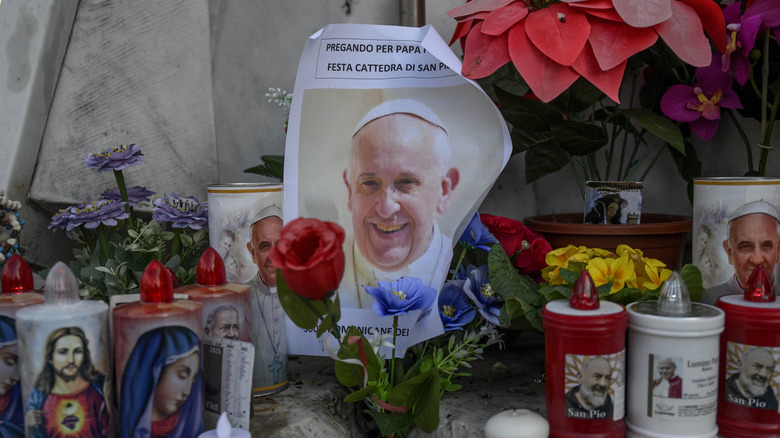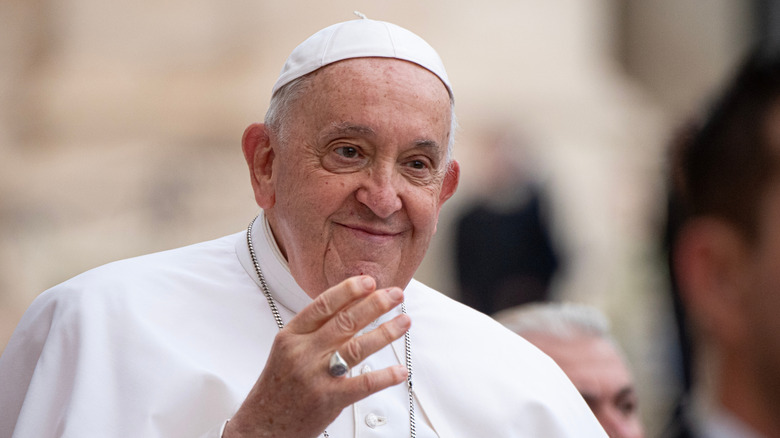Pope Francis, the first pope hailing from the Americas, passed away on April 21, shortly after being hospitalized due to pneumonia and a serious lung infection. Known by his birth name Jorge Mario Bergoglio, Francis was 88 years old.
Older adults face a higher risk of respiratory infections because their immune systems weaken with age, even with vaccinations. Breathing can become more challenging as the lungs lose resilience over time. Francis’ lungs were already compromised since he had a portion of one lung removed following a pulmonary infection he suffered in his youth. Additionally, he was susceptible to bronchitis during the winter season.
The Pope’s condition remained severe when a respiratory crisis necessitated the use of high-flow oxygen and blood transfusions. Tests revealed mild renal failure, but doctors managed to stabilize it quickly. Despite recovering and being discharged on March 25, he succumbed the day after Easter due to a stroke and irreversible heart failure, as confirmed by Vatican doctor Andrea Arcangeli through the death certificate.
Pope Francis seemed aware that his health was failing

Following the announcement of Pope Francis’ passing, it was disclosed that he had been in a coma before his death. Vatican doctor Andrea Arcangeli also noted that Francis had high blood pressure and diabetes, in addition to his other health challenges.
Considering his deteriorating health and advancing age, Pope Francis appeared to have been keenly aware that his end was imminent. After the Pope’s demise, the Vatican released his spiritual testament, which dates back to June 2022—nearly three years prior. “As I sense the approaching twilight of my earthly life, and with firm hope in eternal life, I wish to set out my final wishes solely regarding the place of my burial,” Pope Francis expressed in the document (via Vatican News).
In specifying his burial at the Papal Basilica of Saint Mary Major in Rome, Francis acknowledged that the struggles of his final years had taken a toll on him. Yet, he also called for unity after his passing. “May the Lord grant a fitting reward to all those who have loved me and who continue to pray for me. The suffering that has marked the final part of my life, I offer to the Lord, for peace in the world and for fraternity among peoples,” Francis concluded.




